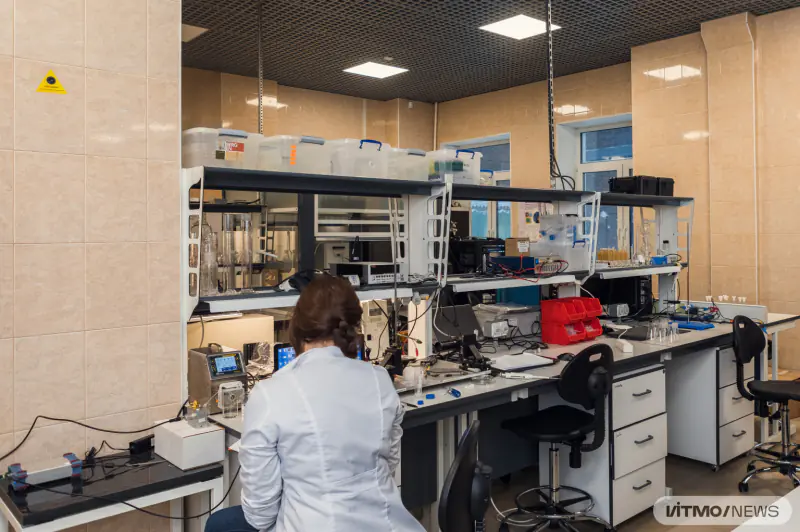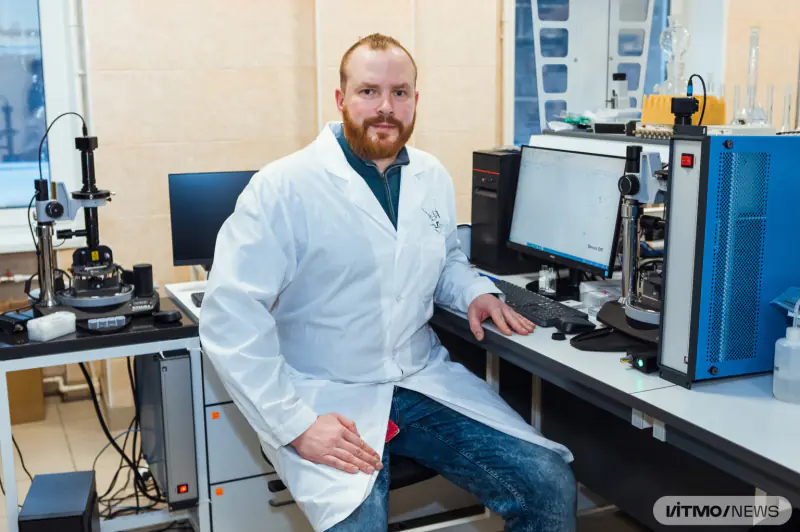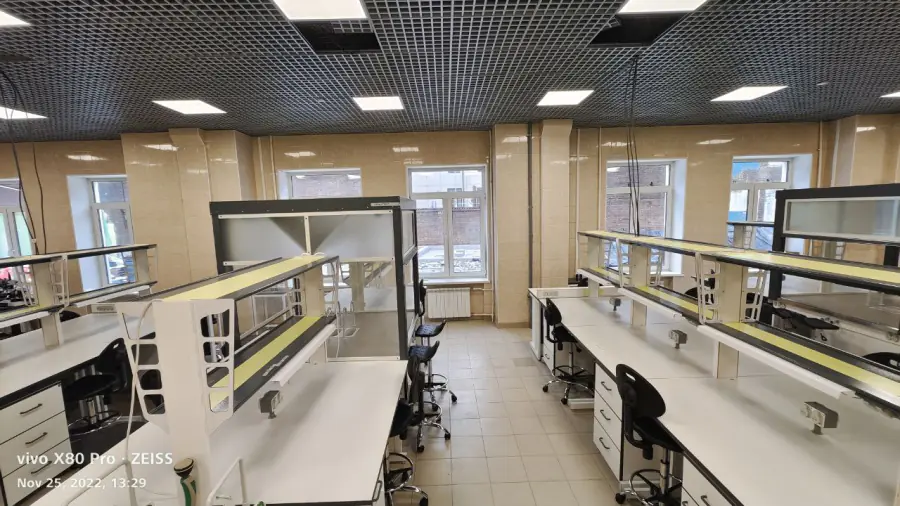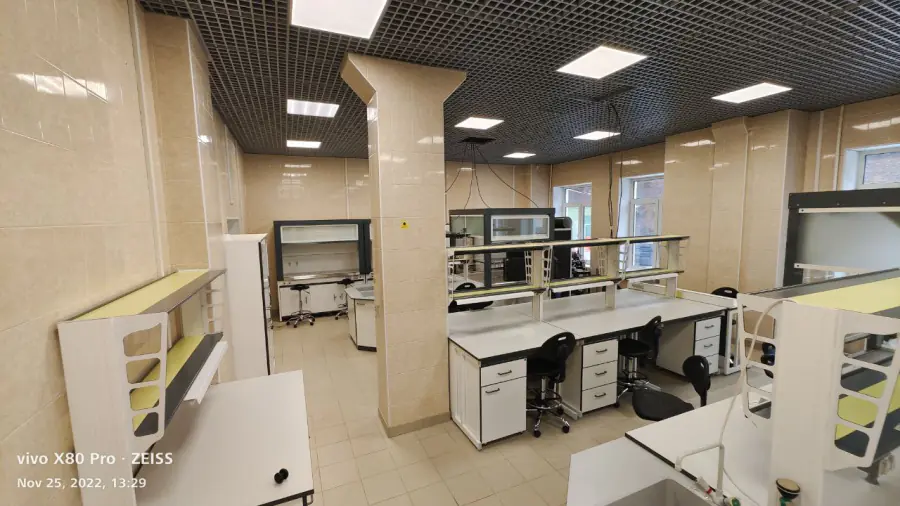Chemotronics and Interfaces Group
Publications
38
Citations
929
h-index
14
Authorization required.
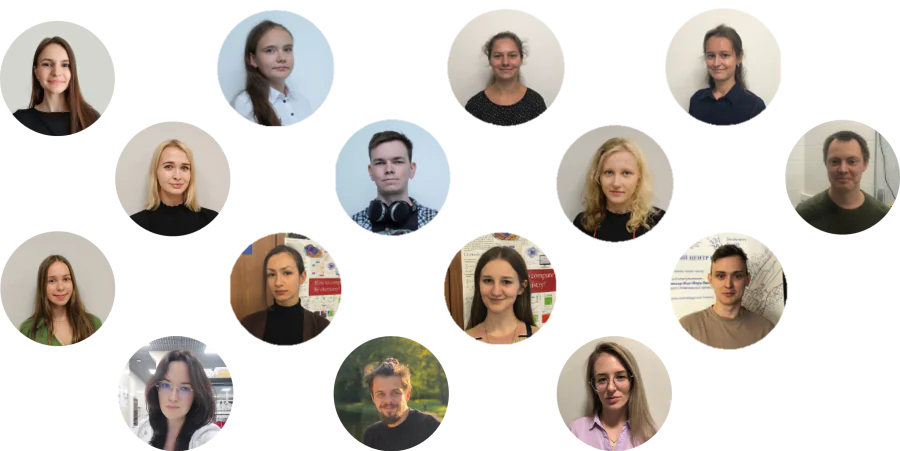
Our laboratory was established in September 2022 with the main focus on the self-assembly of soft (proteins, DNA, polymers) and solid (metals, oxides) nanoparticles at the interface of two immiscible liquids (English liquid-liquid interfaces), Raman spectroscopy, two-dimensional materials (graphenes/mexenes) as well as electrochemistry for the purpose of application to create sensors and biosensors of a new generation.
- X-ray phase analysis
- Scanning electron microscopy (SEM)
- Atomic Force Microscopy (AFM)
- Spectrophotometry
- Electrochemistry
- Electrochemical impedance spectroscopy
- IR spectroscopy
- Thermogravimetry (TG)
- Differential Scanning Calorimetry (DSC)
- DFT calculations
- EPR spectroscopy
- Dynamic light scattering (DLS)
- Raman spectroscopy

Olga Volkova
PhD student
Arina Pavlova
Student
Ilya Korolev
Student

Sergey Kruchinin
Student
Kirill Chukhrov
Student

Daryya Glazkova
Student

Marina Ivanova
Student
Research directions
Electrodes for electrochemical detection
+

Development of electrodes made of various materials for the detection of various analytes. The project is being conducted in collaboration with several scientific groups.
Using partition boundaries to clean and create food
+

Development of approaches for the use of liquid-liquid and liquid-air interfaces in the food industry (FoodTech), bringing such technologies to industrial applications. The project is being carried out in collaboration with industrial partners.
New methods of atomic force microscopy
+
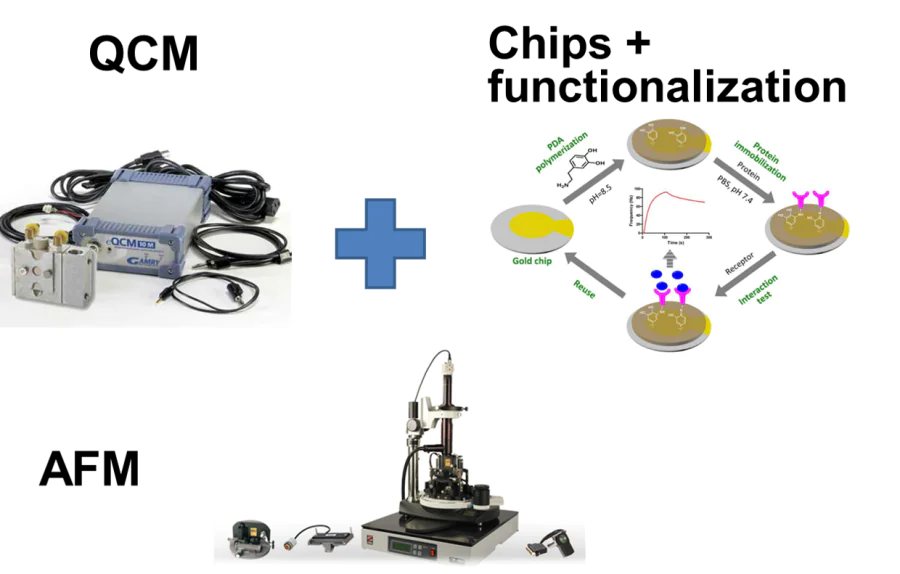
Development of new approaches to obtaining and analyzing atomic force microscopy data, including mechanical properties of the surface. Including the combination of QCM and AFM. The project is being carried out in collaboration with several scientific groups and the company NT-MDT LLC.
Memristive devices based on 2D materials
+
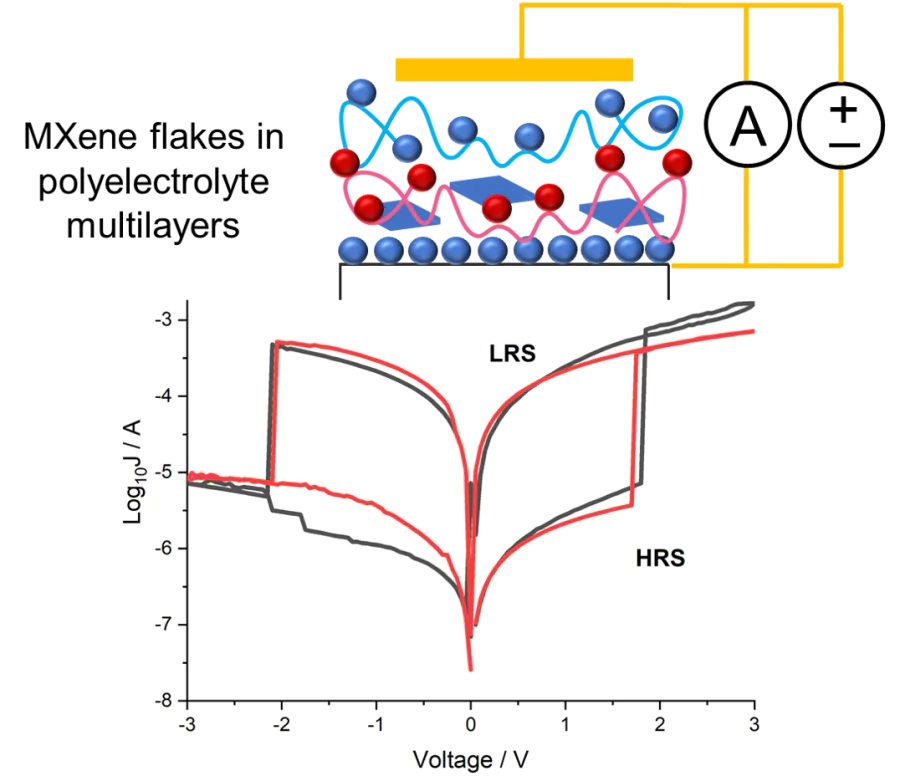
Development and testing of memristive devices based on polyelectrolyte assemblies with embedded 2D materials. MXene Ti3C2 has been tested at this stage. Memristors are the basis of "hardwired" neural networks, several memristors are combined into a layer, and a layer into perceptrons.
Substrates for enhanced Raman spectroscopy
+
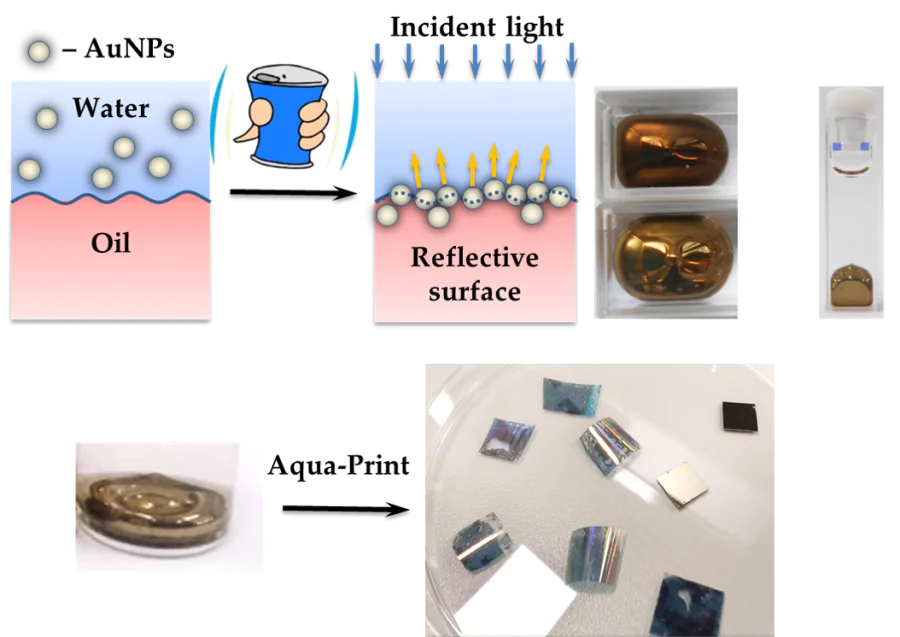
Development and creation of reinforcing substrates for Raman spectroscopy, including testing of such substrates, their complete characterization and application on real objects. To solve this problem, we use self-assembly of nanoparticles at the liquid-liquid interface. The project is supported by the RNF.
Publications and patents
Found
Nothing found, try to update filter.
Алиса Евгеньевна КУРОПТЕВА, Евгений Алексеевич Смирнов, Ирина Анатольевна Веселова
RU2800949,
2023
2023
—
2026
| Богданов Кирилл Вадимович
2022
—
2024
| Смирнов Евгений Алексеевич
Lab address
191002, г. Санкт-Петербург, ул. Ломоносова, д.9
Authorization required.





